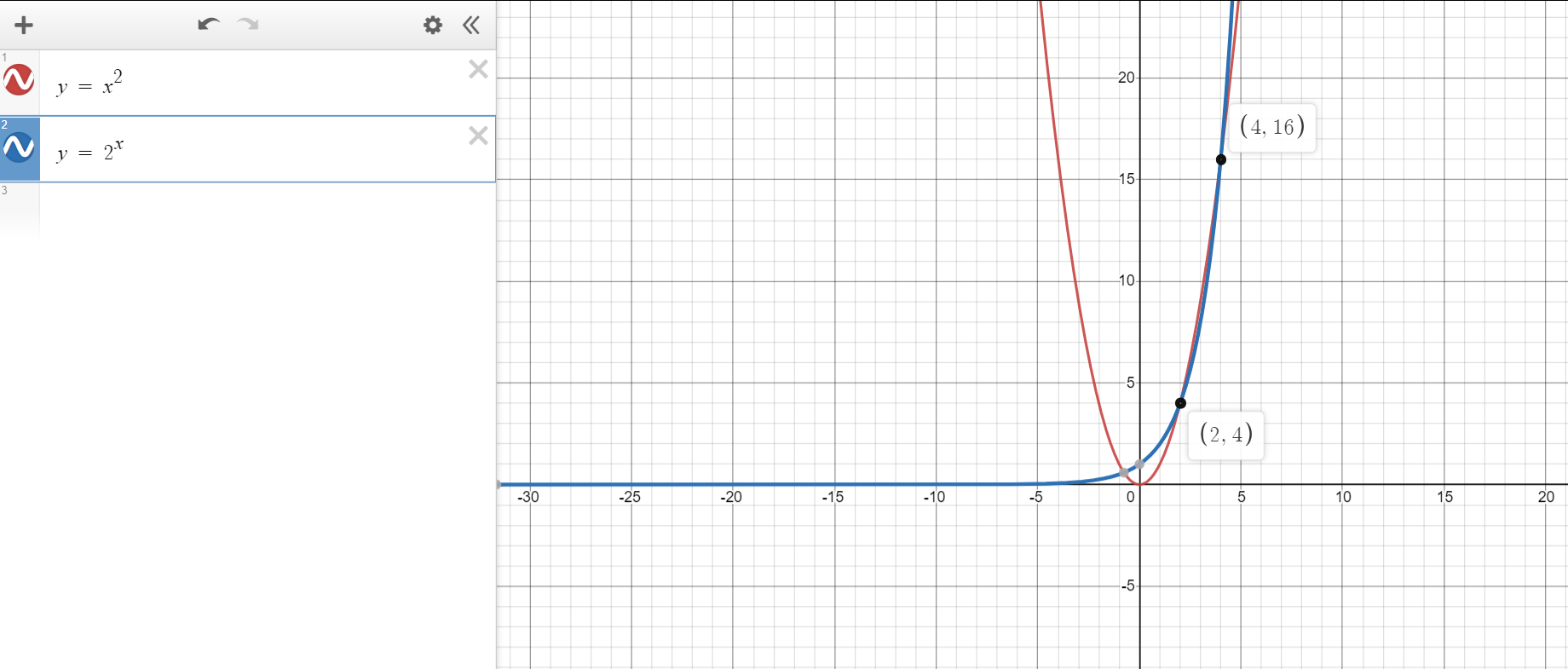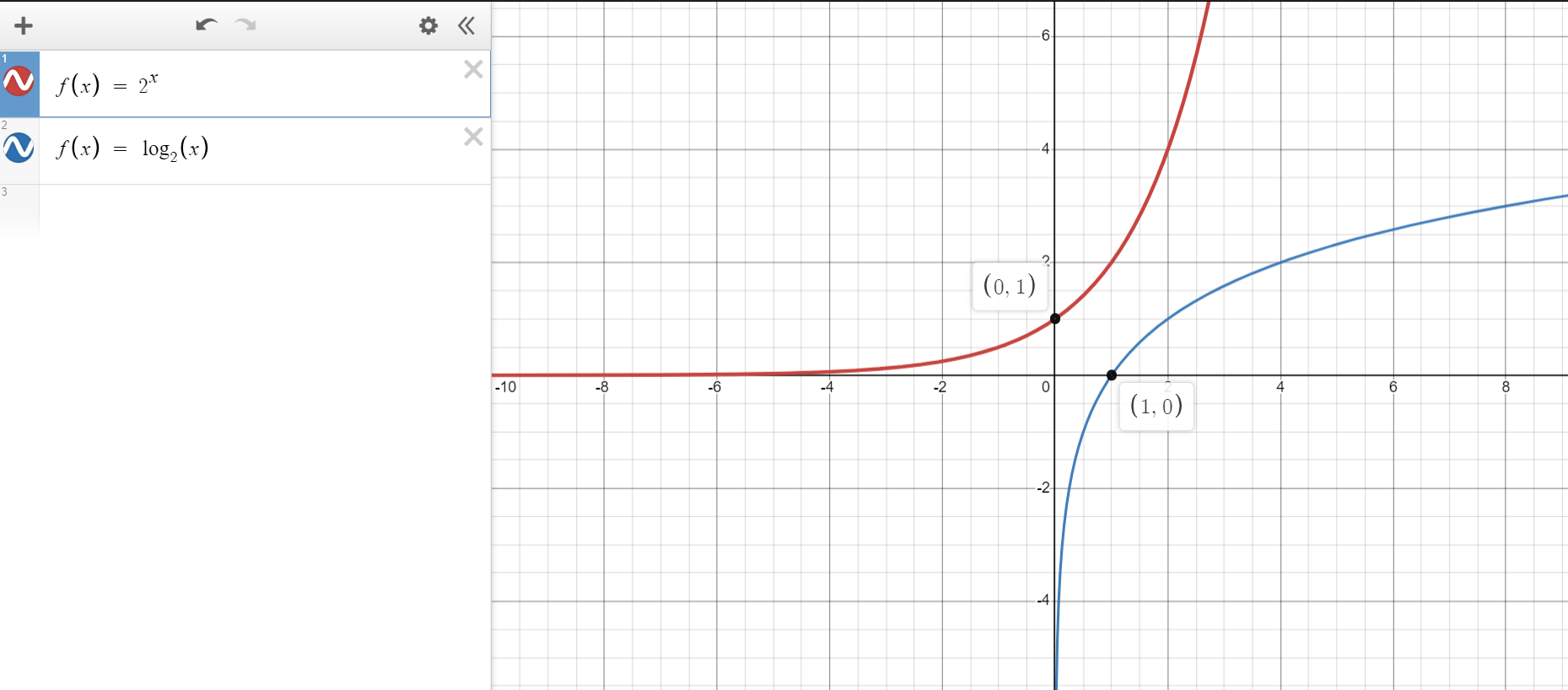Welcome to Week 1: Relations and Functions
Great Students,
Greetings to everyone.
Welcome to Module 1.
Before I immigrated to the United States, I looked like this:

Then, I came here, ate a lot of cheeseburgers, gained a lot of weight, and now look like this:

(Please don't laugh at me) 😊
So we have two variables: weight and the number of cheeseburgers.
Which one depends on the other?
In other words:
(1.) Which of the variables is the dependent variable?
(2.) Which one is the independent variable?
(Hint: Does my weight depend on the number of cheeseburgers I eat, or does the number of cheeseburgers I eat depend on my weight?)
Questions for Thought: First Set
(1.) Did you notice any relationship?
What is the relationship?
Any input-output relationship?
Which variable is the input?
Which variable is the output?
(2.) Can you express that relationship as a Set of ordered pairs (set of points)?
(3.) Can you express that relationship as a Function Rule (Equation)?
(4.) Can you express that relationship as a Table of Values?
(5.) Can you express that relationship as a Graph?
This example is a two-variable relationship where the weight is the dependent variable and the number of
cheeseburgers is the independent variable.
In the example, we say that the weight, w is a function of the number of cheeseburgers, c
We can write it as:
w = f(c)
Let us make some interdisciplinary connections:
Bring it to Algebra and Calculus
y is the dependent variable
x is the independent variable
Bring it to Statistics
y is the response variable
x is the predictor or explanatory variable
Bring it to Philosophy (Cause-Effect Relationship)
y is the effect
x is the cause
Bring it to Economics/Business (Input-Output Relationship)
y is the output
x is the input
Bring it to Psychology/Human Behavior/Sociology
y is the consequence
x is the action
So, for any input, there is at least an output. This is defined as a Relation.
Welcome to Relations.
Notice the word, at least in the definition of a Relation.
At least one output means one or more output.
But, is it possible for an input to have more than one output?
Is it possible for a BRCC student to have more than one Student ID?
Is it possible for an American to have more than one SSN?
Is it possible for a student to make more than one grade on the same test?
This leads us to these concepts:
Function
One-to-one Function (Injective Function)
Onto Function (Surjective Function)
Bijective Function
Questions for Thought: Second Set
Determine if these scenarios represent a relation, function, one-to-one function, onto function, surjective
function.
Write all that is applicable.
(1.) A BRCC student has only one Student ID.
(2.) A BRCC student has more than one Student ID.
(3.) Two BRCC Students have the same grade on a Math quiz.
(4.) A BRCC student has two different grades on a Math quiz.
(5.) Every BRCC student was born by a woman.
Welcome to Functions.
May you please:
(1.) Click the Week 1 module.
(2.) Review the Overview and Objectives.
(3.) Review the Readings/Assessments.
(4.) Complete the assessments initially due this week.
(5.) Participate in the Week 1 Discussion.
(6.) Attend the Live Sessions/Student Engagement Hours for this week.
Should you have any questions, please ask. I am here to help.
Thank you.
Samuel Chukwuemeka
Working together for success

